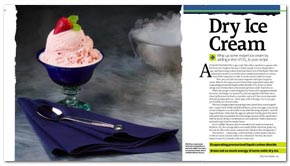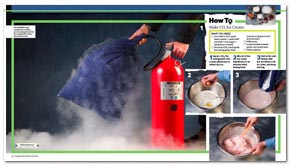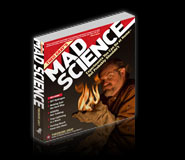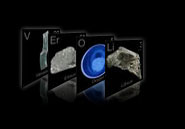
Chapter 1
Experimental Cuisine » Dry Ice Cream
 hip up some instant ice cream by adding a shot of CO2 to your recipe. As liquid evaporates, it gets cold. This effect, familiar to anyone who
has been wet, happens because it takes energy to turn a liquid into a
gas, and that energy comes from heat drawn out of the liquid. How that
interaction works is one of the most complicated subjects in science,
but what's important is that it can be used to make ice cream.
hip up some instant ice cream by adding a shot of CO2 to your recipe. As liquid evaporates, it gets cold. This effect, familiar to anyone who
has been wet, happens because it takes energy to turn a liquid into a
gas, and that energy comes from heat drawn out of the liquid. How that
interaction works is one of the most complicated subjects in science,
but what's important is that it can be used to make ice cream.
Now, you can't just let cream evaporate and expect to get ice cream. Water in the open air won't freeze from evaporation alone. But evaporating pressurized liquid carbon dioxide (CO2) draws so much energy out of it that about a third ends up frozen solid: That's dry ice. Where do you get a tank of liquid CO2? From a fire-equipment dealer, of course. Discharge a 10-pound CO2 fire extinguisher full blast into a (clean) pillowcase for about 10 seconds, and you'll have several pounds of finely powdered dry ice.







 Rusting Aluminum
Rusting Aluminum











